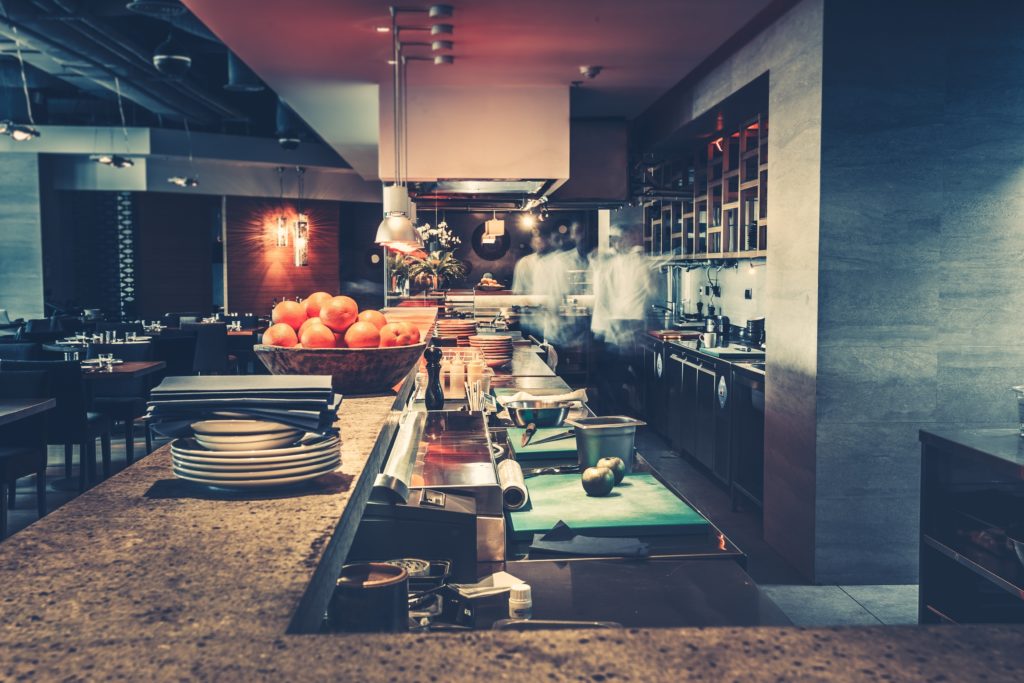Energy consumption in the catering and hospitality industry has always been high. In fact, research has found that kitchens can use up to 10 times the amount of energy used by an average commercial building. Kitchens are wasting huge amounts of energy every day, and increasing energy efficiency is becoming more of a priority for many restaurant owners.
As well as reducing your carbon footprint, becoming more energy efficient can help your restaurant reduce its energy bills.
Use energy efficient equipment
One of the main contributors to a restaurant’s energy consumption is your equipment. Spend time researching manufacturers that offer equipment that uses considerably less energy and upgrade your equipment that consumes the most energy. Upgrade your deep fryer to an energy efficient model – this will not only save you money on utilities, it will save our fryer oil too because high efficiency fryers experience less scorching which extends the life of your oil. Using an energy efficient dish washer can save on average £1,500 annually compared to a standard model.
Perform regular equipment maintenance
Keeping your equipment clean and servicing it regularly can greatly extend the life of your machine and increase your energy savings. One piece of equipment to focus on is your refrigerator, as the condenser coils on your refrigerator units can become clogged with dust over time. This insulates the coils and prevents them from expelling heat, and as a result of this, the refrigerator must work twice as hard to reach food safe temperatures. Keeping them clean provides a boost in the efficiency of your unit. You should also make sure your water filtration systems are in peak condition to prevent calcification and mineral deposits in any equipment that uses water. By making sure you replace your water filters regularly, scale doesn’t build up and clog the internal components, which would affect the overall efficiency of the unit.
Reduce water consumption
Restaurants use a large amount of water in their day to day running’s. There are some simple ways to reduce water consumption in your restaurant:
- Use spray valves with low-flow – replace your pre-rinse spray valves with newer models that have lower gallons per minute (GPM) ratings. The valves are easy to replace and use much less water than the older models.
- Install low-flow aerators – the sinks you use to wash your hands do not need a high GPM flow rating, consider using low-flow aerators that limit the amount of water flowing out of the tap. The lower the GPM the more money you save.
- Repair any leaks – over time the drips from a single leaky tap add up, instead of wasting money and water you should repair them as soon as possible. Many new taps are designed so that you can swap them out quickly and easily without having to contact a plumber.
Use energy efficient lighting
By switching from traditional lighting to energy efficient bulbs such as LEDs or CFL bulbs, you can dramatically lower your electricity costs. LED bulbs use significantly less energy and last up to 10 times longer than a standard incandescent bulb. CFL bulbs are not as efficient as LEDs but they are still four times more efficient than standard bulbs. CFLs produce more light than LEDs, so they work well to light up larger areas of your restaurant.
Decrease heat usage
Lowering your hot water usage and not allowing employees to change the temperature of the heating are some of the ways you can reduce your heat usage. Consider investing in a smart thermostat for your restaurant – these can be programmed remotely and optimize your energy use.
Another way to decrease your heat usage is by lowering the temperature of your dishwasher. The mandatory dish washing temperature in the food industry is 60°C, but check the requirements for your area as they may be slightly different. Once you know what the temperature should be, adjust the temperature of your dishwasher to match this, so you aren’t wasting energy eating water more than it needs. Replace your heat hand dryers with ones that rely on force, as these dryers are much more energy efficient and use up to 80% less energy than a standard hand dryer.
Shut down equipment not in use
Reducing the energy your restaurant uses could be as easy as turning of light switches. It may sound simple, but many restaurants waste mass amounts of energy due to leaving things such as lights and equipment on when they are not needed. Taking the time to observe when equipment is in peak use will allow you to create a schedule for starting up and shutting down equipment. During quiet times, fryers can be turned off and preheated again once business picks up. If lights are often left on you should consider using timers for your indoor and outdoor lighting or try solar-powered outdoor lights so they use the energy they collect.






